
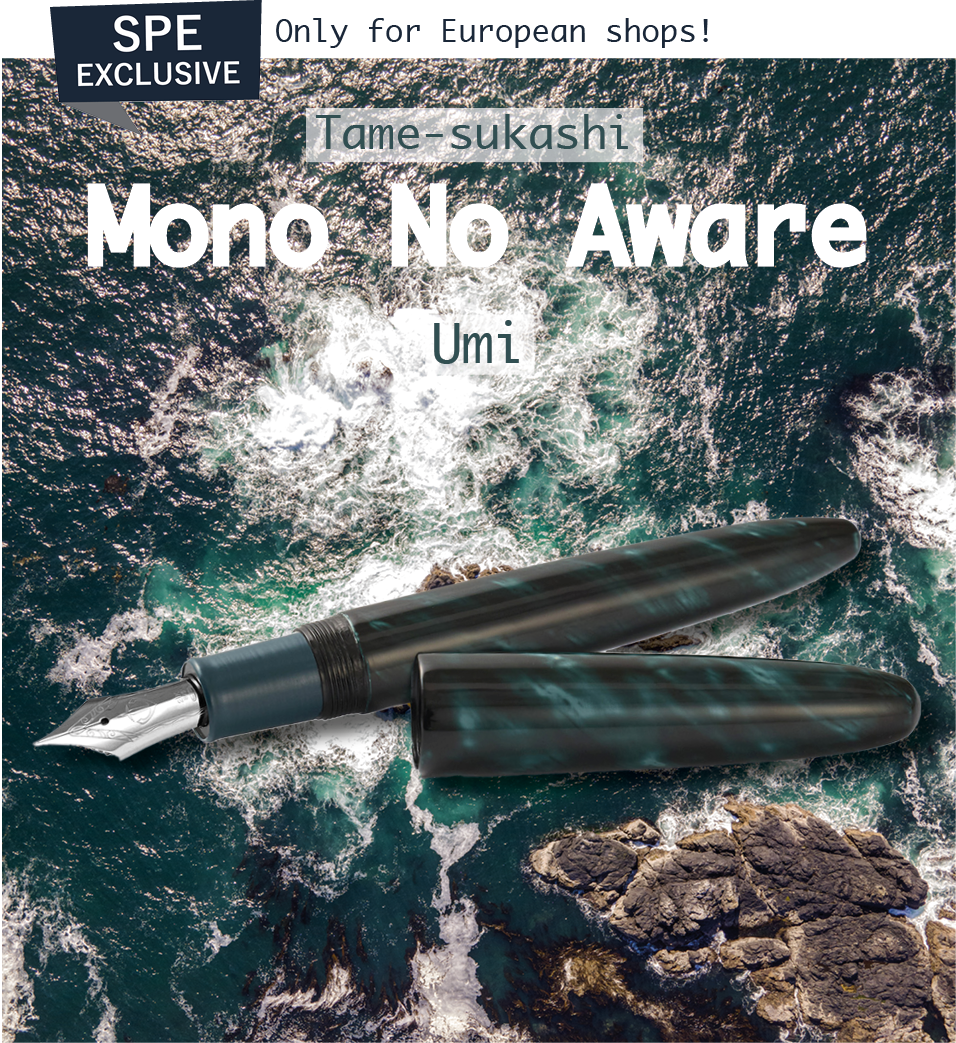
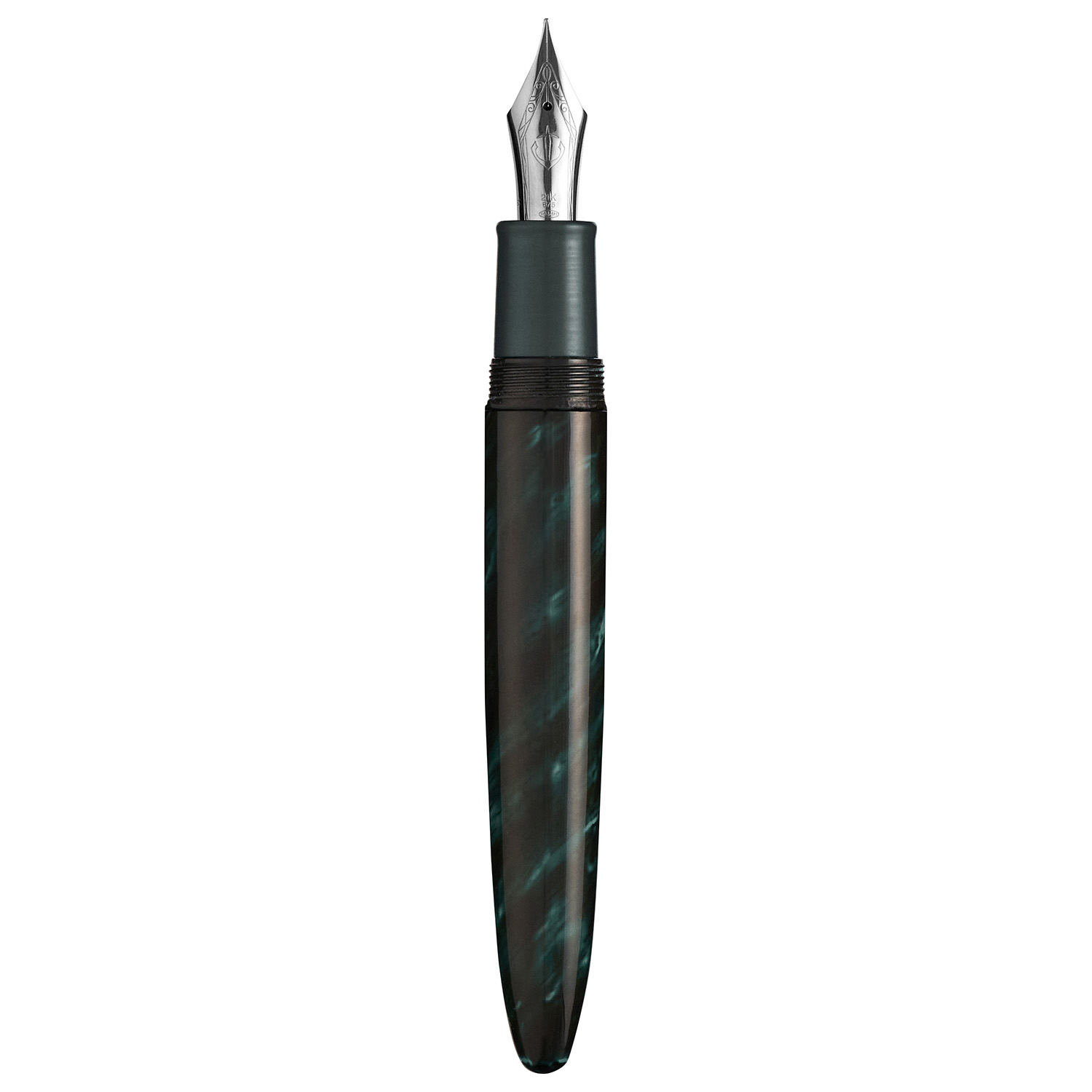
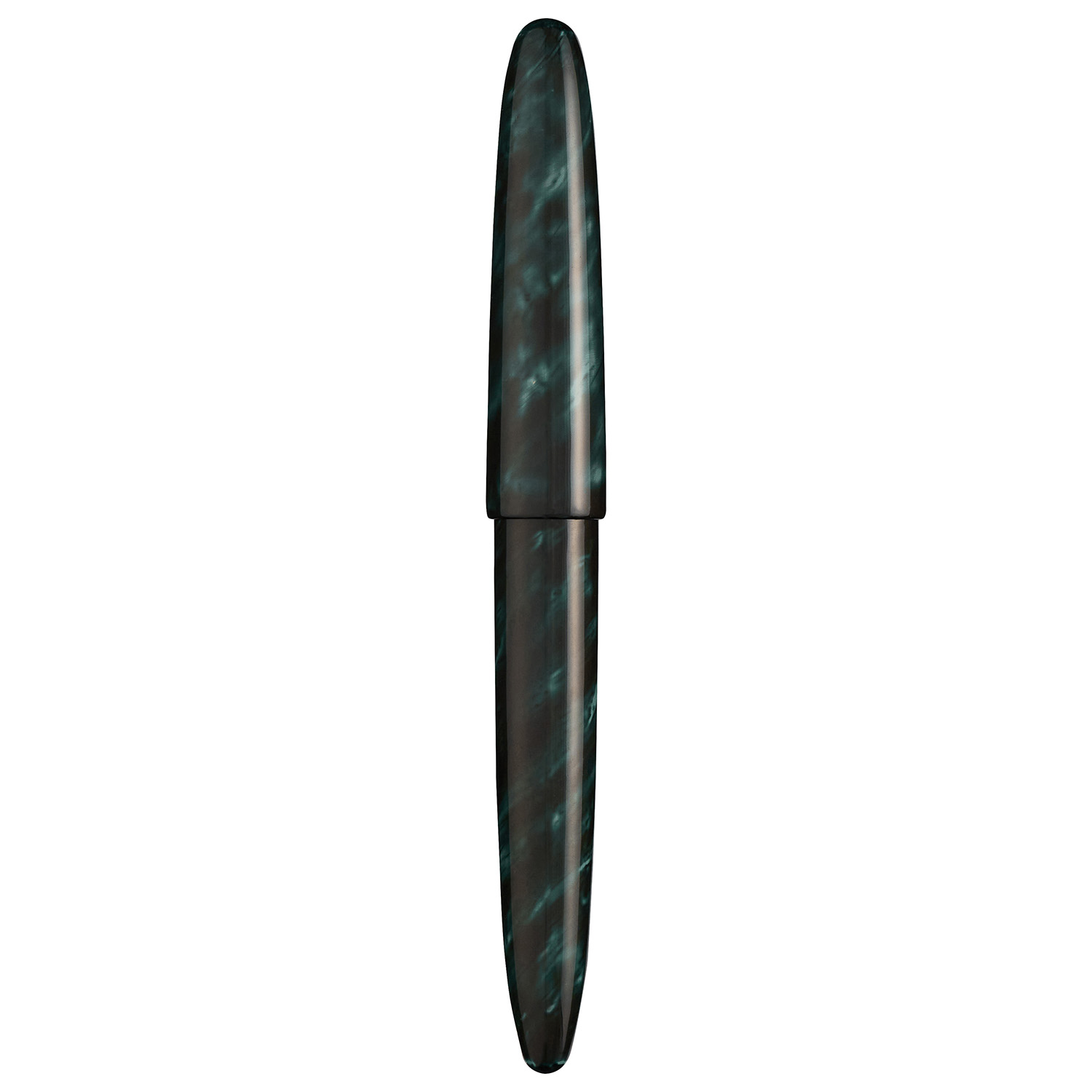
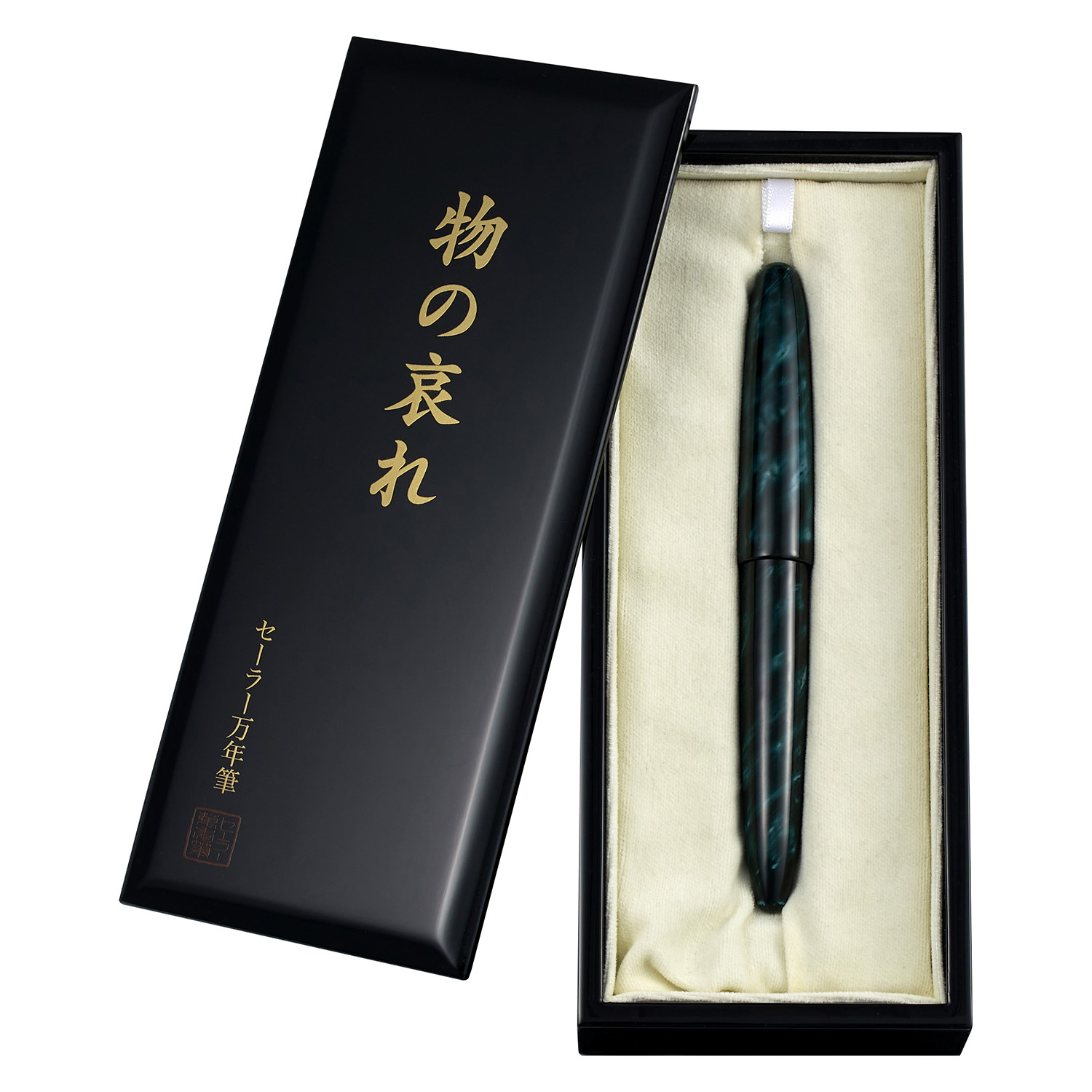
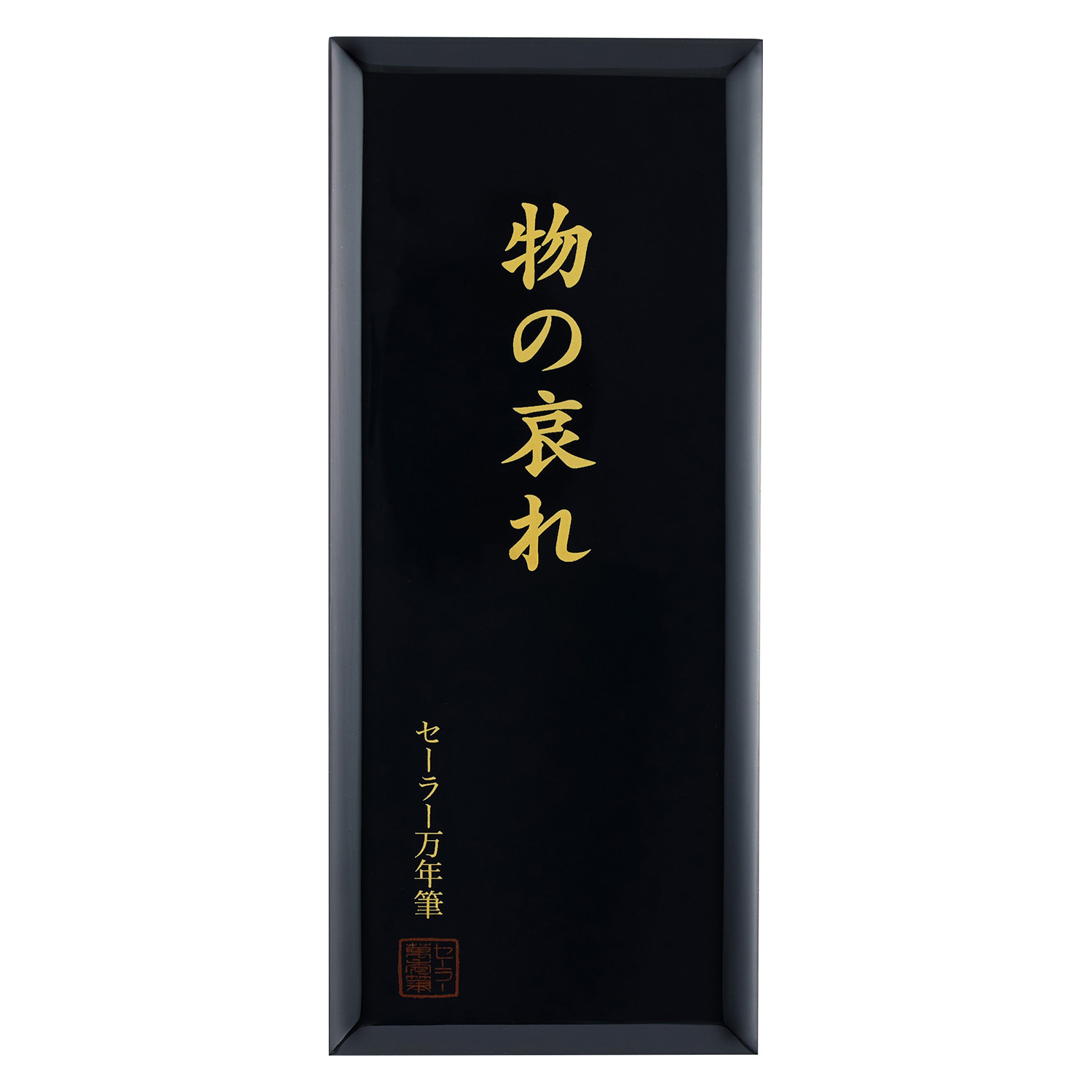
Mono no Aware is a Japanese aesthetic and philosophical concept that evokes “the emotion of things” or “sensitivity to impermanence”. It refers to a gentle and melancholic awareness of the fleeting nature of life and the beauty that arises from this impermanence. Mono no Aware invites contemplation and deep feeling for the transience of things, finding emotion and beauty in their fragility.
Using the traditional Tame-sukashi technique, the layers of urushi reveal depth and transparency, capturing the image of a sea in constant change. Each carefully layered and worked layer evokes those suspended moments when time seems to stop, allowing space for contemplation.
This pen is a strong reference to Sailor’s identity, revolving around Sailor Blue colour and the connection to navigation.
With this Fountain Pen, set sail for the world beyond the sea.
Limited Quantities (100 pieces) – Serial Number – SPE exclusive
Nib: 21K King size
Nib finish: Monocolor / Rhodium
Cap, Barrel, Gripping Section: Ebonite / Tamenuri – Tame-sukashi
Material: Ebonite
Size: ø20 x 153.5mm
Item code:
10-9849-340 (NMF)
10-9849-440 (NM)
10-9849-640 (NB)
10-9839-440 (M)
10-9839-640 (B)
Barcode:
4901680602064 (NMF)
4901680602071 (NM)
4901680602088 (NB)
4901680602040 (M)
4901680602057 (B)
Everything you need to know
about the Lacquer Ware Artist : Natsumi Saito
Natsumi Saito was born in Hirosaki City, Aomori Prefecture, and grew up in a family of artisans; her father and grandfather were both Tsugaru lacquerware craftsmen. She later honed her skills in the traditional craft of Appi lacquerware at the Ashiro Lacquer Technology Research Center in Hachimantai City. The Appi district in Hachimantai City is a distinctive lacquer production area in Japan, where ancient trees have thrived since the Jomon period (13,000 BCE – 400 BCE). This region is renowned for producing high-quality raw lacquer with exceptional clarity, vibrant color, and hardness. Since ancient times, it has been a major center for lacquerware production. During the Edo period (1603–1867), hundreds of artisans worked in this area, creating Appi-nuri lacquerware.
Due to the numerous layers of lacquer applied from the base coat to the topcoat, Appi-nuri lacquerware is exceptionally hard and durable. In her quest for more vibrant colors, Ms. Saito developed a unique technique called “mizukagami”. This method involves layering different types of lacquer to create rich, multidimensional hues and a distinctive depth of color.
Since being featured in the “Soba Choko Art Exhibition” she has gained attention for her unique series of works.
Whats is Tame-sukashi ?
Tame-sukashi is a traditional Japanese lacquer technique known for its elegance and is often used to decorate lacquerware. This technique is characterized by using multiple
layers of lacquer to create a sense of transparency, giving the design visual depth and shading.
The development of the Tame-sukashi technique dates back to the Edo period (1603-1868). During this time, lacquerware production flourished across Japan, with each region developing its own distinct methods. Tame-sukashi became particularly refined in areas where lacquer craftsmanship thrived, like Kaga and Kanazawa (now part of Ishikawa
Prefecture). In these regions, lords and samurai demanded high-quality lacquerware, which led to the evolution of Sukashi, layered on top of the Tame-nuri technique. By the 19th century, Tame-sukashi had spread throughout Japan, resulting in various adaptations and styles.
The process begins with applying a Tame-nuri base coat, followed by carefully layering transparent lacquer, one coat at a time. This layering creates the depth and clarity characteristic of the technique. To make the design emerge gradually, artisans scrape away parts of the lacquer or embed materials into it. As a result, the pattern seems to appear and disappear depending on the angle and lighting. The last step involves polishing the surface to a smooth, glossy finish, enhancing the distinct beauty of the Tame-sukashi pattern.
Tame-sukashi has been used in a wide range of crafts, from tea ceremony items to furniture. Modern artists are also applying this traditional method to contemporary designs. The allure of Tame-sukashi lies in its lacquer’s depth and the way the patterns shift with light, offering a unique visual experience that continues to captivate viewers.
These pens are sold with :

Pen pouch
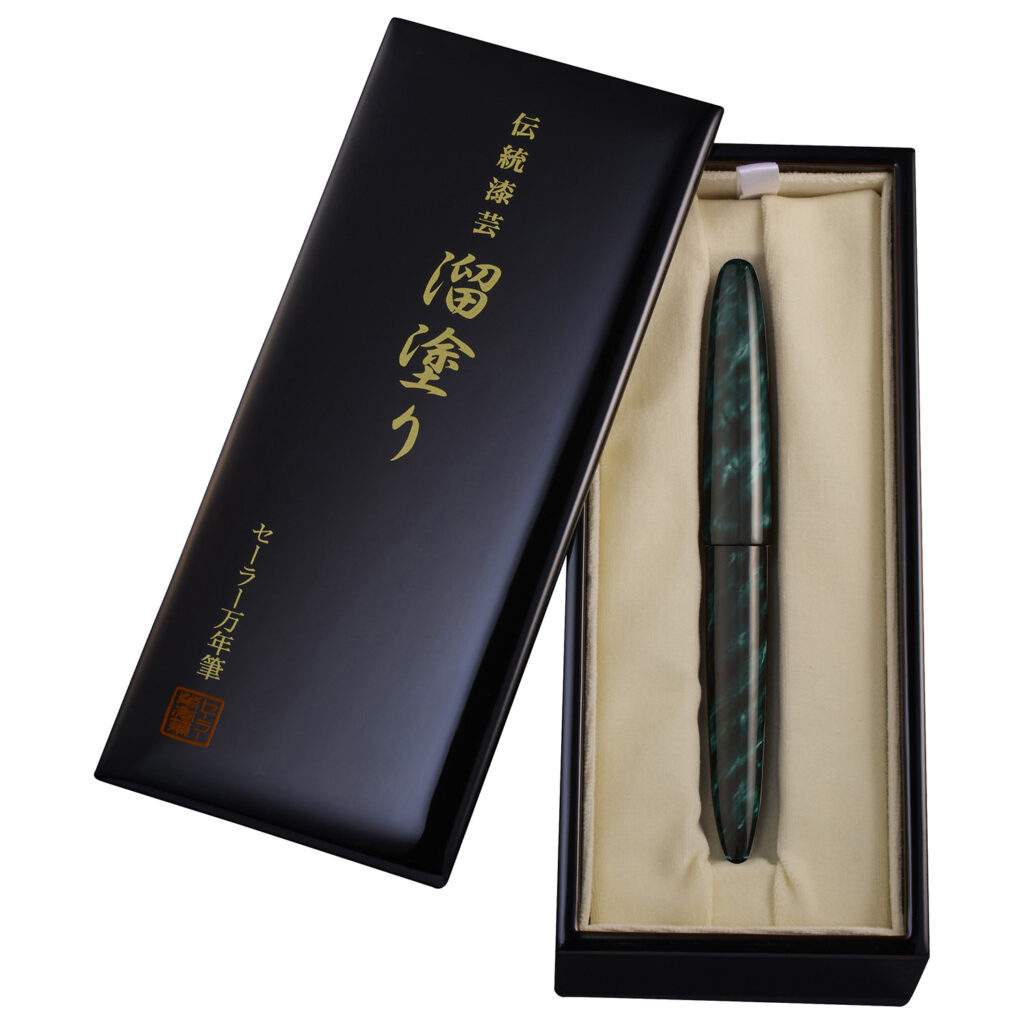
Cashew coating box
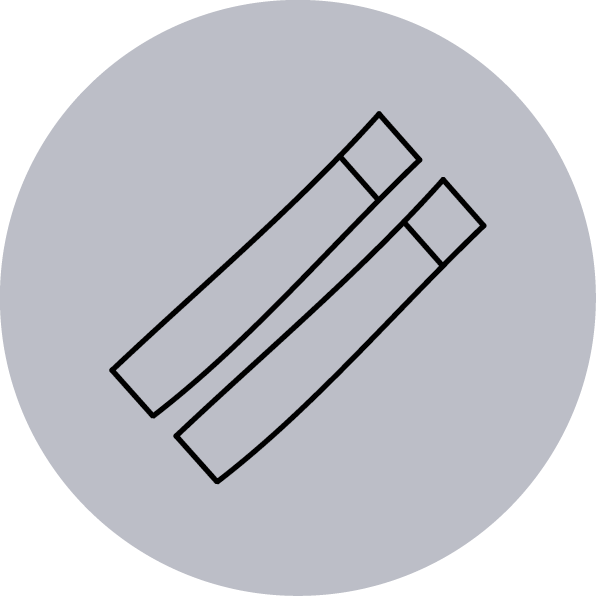
Ink cartridges and converter in the barrel

Artist introduction card
+
Warranty certificate incld.
Serial numbers
+
Leaflet on tame-sukashi